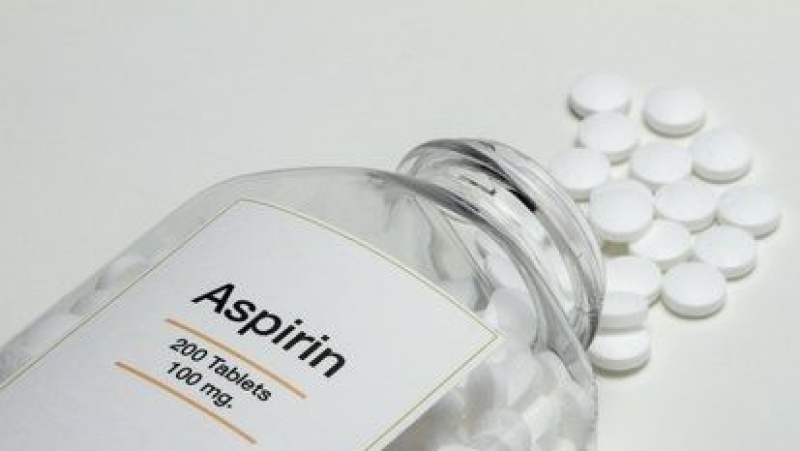Antiplatelet Agents part I
Farmaci Antipiastrinici

Platelets have a major role in thromboembolic diseases, and for this reason antiplatelet agents are crucial in the treatment and prohylaxis of these diseases. Platelets are involved in primary haemostasis and their functions can be divided in four steps :
1) Platelet Adhesion
2) Platelet Activation and Secretion
3) Platelet Aggregation
4) Platelet interactions with coagulation factors
Upon vascular injury, platelets rapidly adhere to the exposed endothelium, after which they become activated, and change their form from a discoid to a spherical shape. The platelet-shape change is considered a prerequisite for efficient secretion of granule contents and to greatly facilitate adhesion of platelets to each other and to components of the extracellular matrix. The secreted substances such as ADP, ATP,TxA2 , amplify the activation process, recruiting and activating other platelets. ADP activates platelets through two purinergic receptors, P2Y1 and P2Y12 and TxA2 through its TP receptor. In the same time thrombin, the most potent activator of platelets, is formed by the exposure of tissue factor to plasma coagulation factors after disruption of the vascular endothelium, and takes place on cellular surfaces including that of activated platelets. Activation of platelets by thrombin is mediated by protease-activated receptors (PARs), PAR-1 and PAR-4. These processes are followed by platelet aggregation leading to the formation of a fibrinogen-rich thrombus at the site of injury to form a stable arterial platelet plug and at the end platelets will provide a surface for interaction with coagulation factors to initiate the coagulation process. In a recent outstanding paper Dr. Ivanciu and collegues described a new model of haemostasis in which fibrin formation appears to proceed via coagulation reactions on activated endothelium rather than on activated platelets. (1) (Blood 2014 vol. 124 (11) pp. 1705-1714) This study for the first time adds a completely new concept about haemostasis in which the endothelium is important not only for primary haemostasis but for the coagulation process too. This review will discuss antiplatelet agents that interfere with platelet adhesion, amplification of platelet activation and platelet aggregation, preventing the interaction of activating agents with their receptors or interfering with one or other of the many intracellular signals transduction processes that are involved in platelet activation. For each stage, clinically established antiplatelet agents and novel therapeutic targets will be discussed evaluating the experimental and clinical evidence, their limitations and their benefits. In the first part of the review on antiplatelet agents will be discussed TxA2 inhibitors, such as aspirin and other TxA2 inhibitors, P2Y12 antagonists such as the thyenopiridines ticlopidine, clopidogrel, and prasugrel which reduce the aggregation of platelets by irreversibly binding to P2Y12, and other P2Y12 antagonists such as ticagrelor and cangrelor which on the contrary are reversible inhibitors of P2Y12 receptors. In the second part of this review will be discussed the agents that influence cAMP, cGMP and adenosine metabolism such as dipyridamole and cilostazol, GPIIb/IIIa antagonists such as abciximab, eptifibatide and tirofiban, Thrombin antagonists such as voraxapar, Collagen antagonists such as PR-15 and other new agents in development. (2) (Antiplatelet and anticoagulation therapy 2013 pp. 16 Springer-Verlag London)
References :
1 ) Ivanciu Lacramioara, Krishnaswamy Sriram, Camire Rodney M. : New insights into the spatiotemporal localization of prothrombinase in vivo.Blood 2014; 124 (11) : 1705-1714
2 ) Ferro Albert and Garcia David A. : Antiplatelet and anticoagulation therapy 2013 : 16 Springer-Verlag London